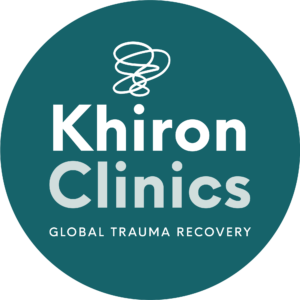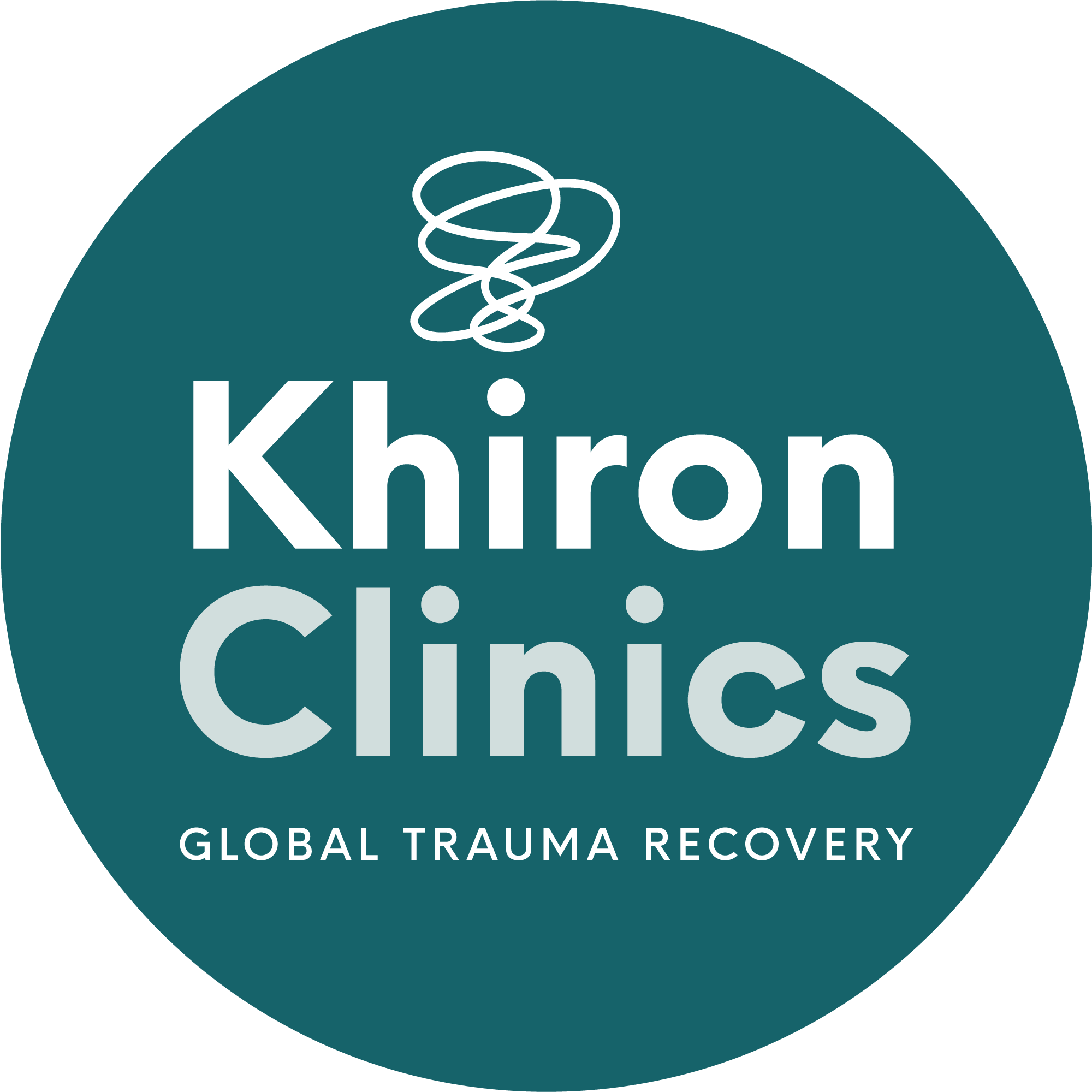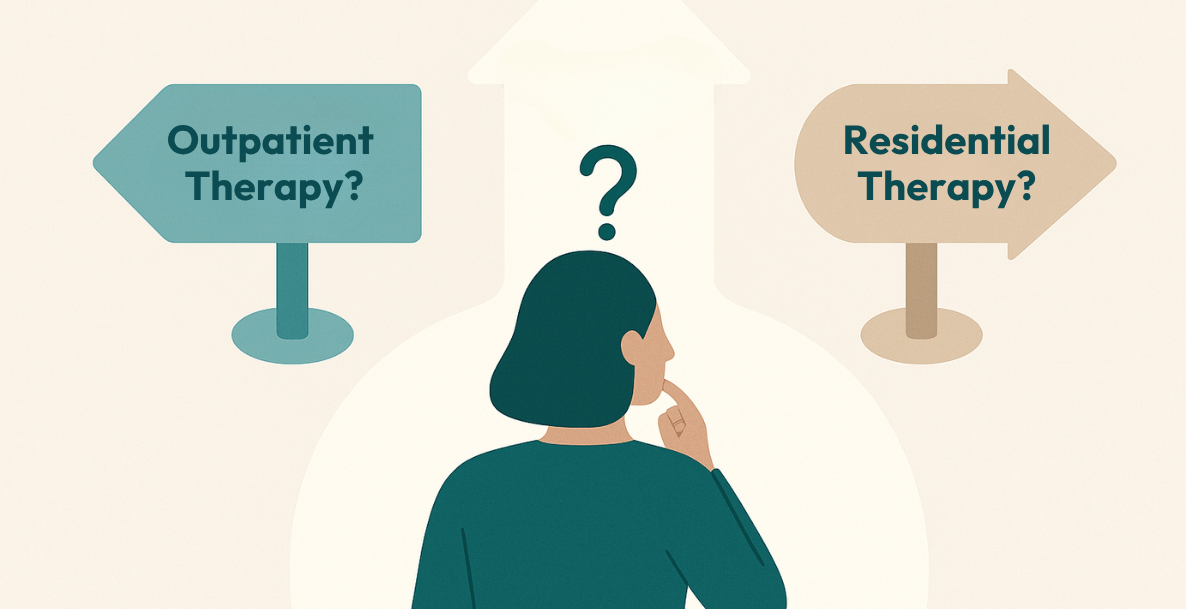When asked to define “trauma”, many people who don’t work in the healing community often think of it more of what we call “shock trauma”. This can be a one off traumatic event such as a car crash, rape or mugging. However it is important that the broader concept of trauma is also understood by society at large. There is a fundamental difference between shock trauma and ‘cumulative developmental trauma (CDT) also known as early relational trauma due to the interpersonal nature of the traumatic experiences((Isobel, S., Goodyear, M., and Foster, K. (2017). Psychological trauma in the context of familial relationships: a concept analysis. Trauma Violence Abuse,1524838017726424. doi: 10.1177/1524838017726424 discussed in Farina, Benedetto & Liotti, Marianna & Imperatori, Claudio. (2019). The Role of Attachment Trauma and Disintegrative Pathogenic Processes in the Traumatic-Dissociative Dimension. Frontiers in Psychology. 10. 10.3389/fpsyg.2019.00933.))’. Cumulative developmental trauma can be extremely diverse, ranging from chronic abuse and neglect, to feeling unloved and rejected as a child in your external environment, but the concept of CPD is that the traumatic events will occur repeatedly and cumulatively over a period of time.
When treating shock trauma there is the need to re-regulate the nervous system after an overwhelming experience. This is based on the premise that the nervous system has a state of before-trauma well-being that the individual can revert to. Most people should have a balanced nervous system and a physiology in place that was established in early childhood which can be returned to when working with a therapist after a shock trauma.
However this article would like to examine the issues that could arise if this foundation of a balanced and regulated nervous system never existed. If a patient has not been able to form a healthy physiology in childhood then a balanced nervous system will need to be encouraged and developed during therapy.
How is a healthy, regulated nervous system formed?
Secure attachment is the foundation for a balanced and healthy physiology and nervous system. After a baby is born, when there is a healthy attachment the mother and baby become attuned to each other as they match each others state moment by moment. The mutual gazes and sounds that are made work to coordinate their rapid responses to each other. This is a form of communication that is deeply unconscious with moments of extremely intense arousal and engagements as well as smaller periods of healthy disengagement which allows for rest states. It is in this synchronised union between mother and baby that the mother naturally balances her child’s nervous system along with many other parts of their development including their immune system, their bodily functions, brain development and their emotional states. Obviously there will be times when mother and baby are not as in tune as is needed and the baby will start to feel stressed, however the mother should be able to quickly notice these moments of hyper or hypo arousals and act to reinstate balance back into the system. Through this subtle and subconscious process, a healthy psychological attachment slowly develops. Bonding occurs in a secure and healthy way and internal emotional structures are built and form a solid foundation. This is what is known as a healthy and regulated nervous system.
How can the nervous system become dysregulated?
In some cases the conditions between mother and baby are not conducive to the development of a healthy foundation. Some reasons that could contribute to the development of an unhealthy foundation are that the caregiver could be suffering with depression or anxiety, they could be traumatised, addicted to drugs or alcohol, isolated or simply stressed and lacking support that they need.
When a baby is held by a mother suffering with depression, the baby will match the mother’s state of numbness in order to try to be seen and connect with their caregiver. If the mother has anxiety, the baby can tune into that and may even try to regulate her. These two examples are just two of a plethora that can manifest themselves between mother and baby. Scenarios like this can have a severe negative impact on the development of the nervous system, on the experience of bonding that is meant to occur between mother and child and consequentially the potential for future disorders increases exponentially for the child.
According to Allan Schore, ‘from late pregnancy through the second year the brain is in a critical period of accelerated growth, a process that consumes higher amounts of energy than any other stage in the lifespan, and so it requires sufficient amounts of not only nutrients, especially long-chain polyunsaturated fatty acids (Dobbing, 1997) but also regulated interpersonal experiences for optimal maturation (Levitsky & Strupp, 1995; Schore, 1994)((Schore, Allan. EFFECTS OF A SECURE ATTACHMENT RELATIONSHIP ON RIGHT BRAIN DEVELOPMENT, AFFECT REGULATION, AND INFANT MENTAL HEALTH. INFANT MENTAL HEALTH JOURNAL, Vol. 22(1–2), 7–66 (2001)))’. He also says that during this period the brain is ‘susceptible to adverse environmental factors such as nutritional deficits and dysregulating interpersonal affective experiences, both of which negatively impact infant mental health((ibid))’. Schore also theorises that within this period of time we are able to “download” our nervous systems from our caregivers and therefore we are totally dependant or the stability of our caregivers own nervous to determine our future stability.
If there hasn’t been a synchronised regulation between the baby and its caregiver, the baby will never be able to self regulate once it reaches adulthood. It is most likely that the person will forever bounce between states of arousal which could look like anxiety (flight) or anger (fight), and depression which is essentially the shut down or freeze state. Many different symptoms could present themselves to this individual. They may look like anxiety, depression, fear, worry, anger, or as Benjamin Fry suggests in his book The Invisible Lion, they could also be any of the multitude of unexplained medical symptoms. ‘When we look at things in terms of the nervous system, it’s not a huge leap to suggest that if you have unfinished business [in this case an under or undeveloped nervous system] … this is going to create a biochemical change in your body.((Fry Benjamin. The invisible lion. p.85.))’
Often when these symptoms start occurring, the individual will turn to destructive behaviours and coping mechanisms to try to self regulate. This can look like OCD, substance abuse, process addictions or simply an unexplained nervous breakdown. Their relationships may start to break down and they may not understand what is happening in their lives but they feel like they just can’t cope.
There is however good news, the brain is a wonderfully malleable instrument and the area where the nervous system is regulated can be transformed once you are aware that your issue lies in a dysregulated nervous system. Through therapeutic work you are able to rebuild a sense of trust and a safe relationship with someone else. Meditation and learning about your own boundaries and nervous system will also help you re-regulate what was never fully regulated due to cumulative developmental trauma.
Stop the cycle of merry-go-round treatment and find the solution you’re looking for in trauma treatment. Through effective residential treatment, Khiron House helps you find the path you need toward health and wellness in recovery. For information, call us today. UK: 020 3811 2575 (24 hours). USA: (866) 801 6184 (24 hours).






